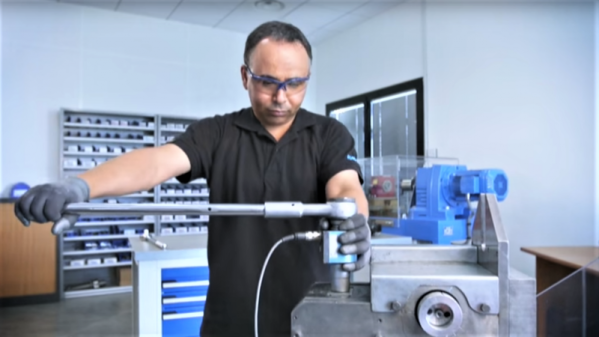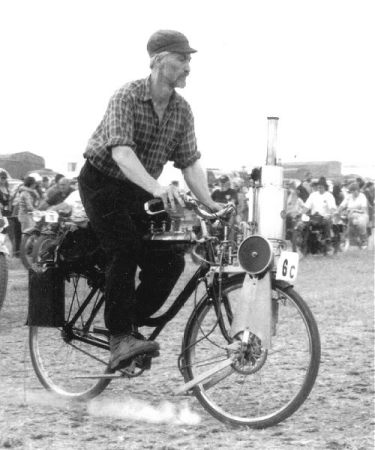It’s not much of a stretch to say that without nuts and bolts, the world would fall apart. Bolted connections are everywhere, from the frame of your DIY 3D printer to the lug nuts holding the wheels on your car. Though the penalty for failure is certainly higher in the latter than in the former, self-loosening of nuts and bolts is rarely a good thing. Engineers have come up with dozens of ways to make sure the world doesn’t fall apart, and some work better than others. Let’s explore a few of these methods and find out what works, what doesn’t work, and in the process maybe we’ll learn a little about how these fascinating fasteners work.
Day: June 8, 2017
Adding Character To The C64
The venerable Commodore 64, is there anything it can’t do? Like many 1980s computer platforms, direct access to memory and peripherals makes hacking easy and fun. In particular, you’ll find serial & parallel ports are ripe for experimentation, but the Commodore has its expansion/cartridge port, too, and [Frank Buss] decided to hook it up to a two-line character LCD.
Using the expansion port for this duty is a little unconventional. Unlike the parallel port, the expansion port doesn’t have a stable output, as such. The port contains the data lines of the 6510 CPU and thus updates whenever RAM is read or written to, rather then updating in a controlled fashion like a parallel port does. However, [Frank] found a way around this – the IO1 and IO2 lines go low when certain areas of memory are written to. By combining these with latch circuitry, it’s possible to gain up to 16 parallel output lines – more than enough to drive a simple HD44780 display! It’s a testament to the flexibility of 74-series logic.
It’s all built on a C64 cartridge proto-board of [Frank]’s own design, and effort was made to ensure the LCD works with BASIC for easy experimentation. It’s a tidy mod that could easily be built into a nice enclosure and perhaps used as the basis for an 8-bit automation project. Someone’s gotta top that Amiga 2000 running the school district HVAC, after all!
Suffer No Substitutes — The Hudspith Steam Bicycle Is One-Of-A-Kind
In a bit of punky, steam-based tinkering, Brittish engineer [Geoff Hudspith]’s obsession for steam and passion for cycles fused into the Hudspith Steam Bicycle.
Built and improved over the past thirty years, the custom steam engine uses a petrol and kerosene mix for fuel, reaching a top speed of 32km/h and has a range of 16km on one tank of water. While in motion, the boiler is counter-balanced by the water tank on the rear as well as the flywheel, water pump, and the other components. However, [Hudspith] says he doesn’t have an easy go of it carrying the bike up the flight of stairs to his flat — as you can imagine. A steam whistle was fitted to the bike after insistence from others — and perhaps for safety’s sake as well, since it does take a bit of distance to stop the bike.
Many people have offered large sums for it — and at least one house in exchange for the bike — but [Hudspith] has held on to this one-of-a-kind steam-machine. A little more about the development of the bicycle can be read here! A video of the bike in action is waiting after the break.
Continue reading “Suffer No Substitutes — The Hudspith Steam Bicycle Is One-Of-A-Kind”













